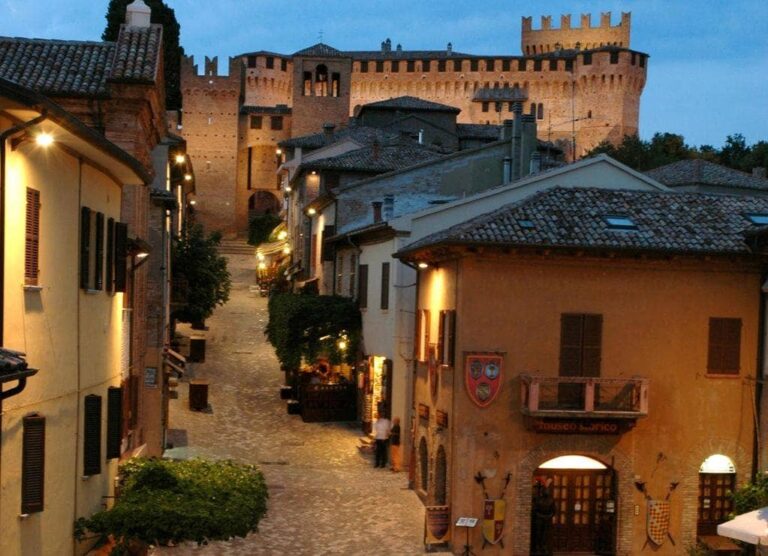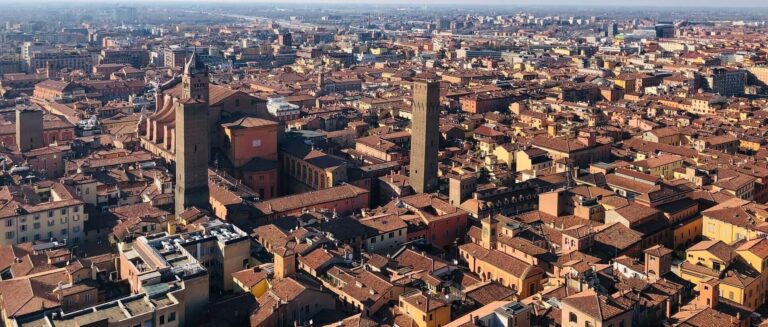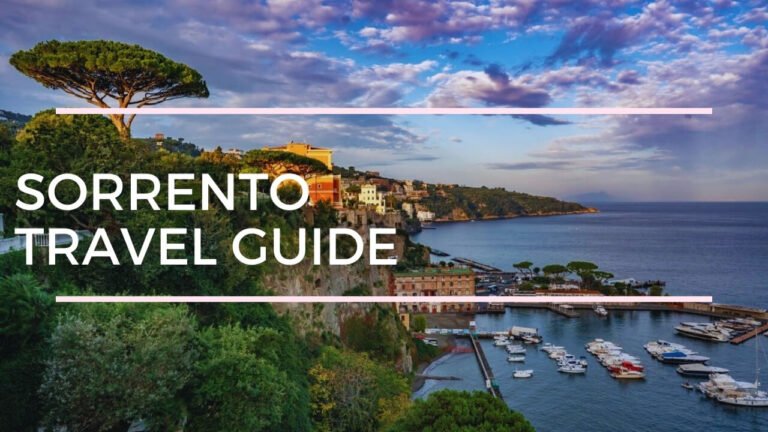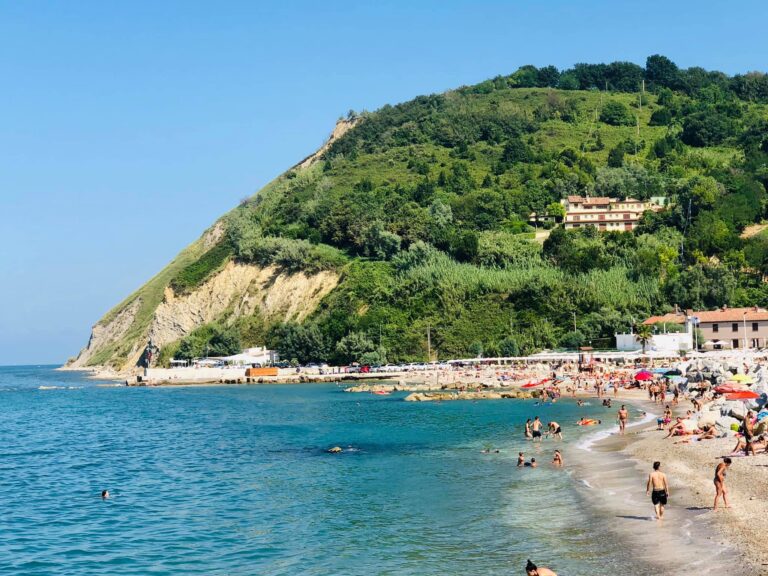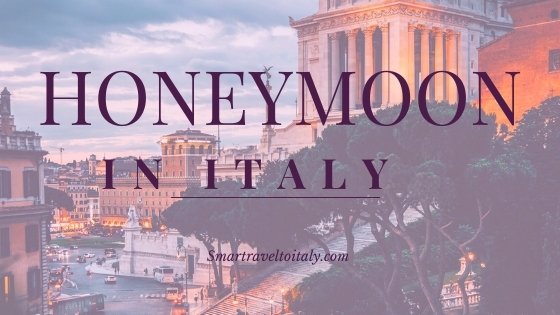Best Things to Do in Umbria Region, Italy
Umbria is one of Italy’s smallest regions and is situated in the heart of the Italian peninsula, on the border with Le Marche, Tuscany, and Lazio. While not bathed by the sea, this land is rich in unspoiled landscapes characterized by hills, mountains, valleys, lakes, and waterfalls. Umbrian towns and ancient villages offer their visitors various opportunities for holidays or short breaks all year round, being surrounded by history, art, spirituality, and good food.
Landscape
Traveling across the territory of Umbria is truly an amazing experience. The area is predominantly mountainous and hilly; you can actually admire the green hills dotted with vineyards and olive trees and the Apennines range, which here includes the Sibillini Mountains and Subasio Mount (1290m above sea level), on whose ridges sit the cities of Assisi, Spello, Foligno, and Spoleto. The valley furrows are also breathtaking, such as the Valle Umbra, the Tiber valley, the basins of Norcia, Gubbio, Terni, and Gualdo Tadino, which offer wonderful views. Many parks were established to safeguard these beautiful landscapes, and they mainly concentrate on the provinces of Perugia and Terni. To name some: the Park of Subasio Mount, of Cucco Mount, of Trasimeno Lake, and Tiber River.
The waters of Umbria
Umbria is home to the Trasimeno Lake, the fourth widest Italian lake. With a boat tour, you can visit its three islands: the island Polvese, now belonging to the Regional Park of Trasimeno; Maggiore Island, the only inhabited island and Minore Island, which is private and not open to visitors. The lake overlooks various towns such as Castiglione del Lago, Passignano, and Tuoro sul Trasimeno, to name a few of the most popular ones. The Marmore Waterfalls near Terni are considered among the most beautiful in Europe. Set amidst lush greenery, these waterfalls dive into Nera river with a spectacular jump of 165 meters and are a must for sports lovers of canoeing, kayaking, and so on. In Todi and Orvieto’s area, you find the Park of Tiber River, scattered with ruins and findings of Umbrian, Etruscan and Roman times, surrounded by rich vegetation. Again sports lovers have a wide choice of activities: hiking, horseback riding, cycling, canoeing, and rowing. Worth a short stop-off are the Clitunno Springs and the annexing park, which houses the river’s headwaters with the same name. The underground spring waters flow through rock cracks and feed a pond with various fish, swans, and ducks. Walking around the lake, you can admire the spectacular flora and the amazing watercolors, turning from turquoise to emerald green, from yellow to blue.
Cities and towns in Umbria
Perugia is the region’s capital and is packed with things to see: churches, monuments, museums, and archaeological sites. Famous for its chocolate production, each autumn becomes house to Eurochocolate – a chocolate festival held in the historic center’s streets. Assisi is considered one of the most ancient and historic cities of the entire peninsula. It is known worldwide for being the birthplace of St. Francis – patron saint of Italy – and Santa Chiara. Halfway between Perugia and Assisi, Foligno is worth a visit for its beauty and its flat position to experience a much comfortable and pleasant tour. Spoleto is an ancient center, and its picturesque streets still retain the look of a medieval village, although the Romans’ influence is evident. The walk along the Tower Bridge, 236 meters long and 90 high, are definitely breathtaking. Spello and Bevagna are two small towns nestled at the foot of the mountains, and on their streets, you can breathe in authentic medieval history and taste traditional flavors. Another stop not to be missed on your journey through Umbria is Gubbio, a medieval center of rare beauty where you’ll go back in time and see the evidence of a glorious past, from the Roman settlements, through the Middle Ages up to the Renaissance, that is best represented by the Palazzo Ducale overlooking the city. Set on a hill, Todi’s medieval town overlooks the Tiber valley and is said to be the ‘most livable city in the world.’ In Terni’s province, Orvieto, famous for its magnificent cathedral, its historical buildings, and medieval streets.
Traditional flavors
The journey through the cooking specialties of Umbria goes backward, starting from dessert: Perugia, the capital of the region, has in fact established itself as a center of chocolate production, which is still one of the artisan trades that makes this region famous. Umbrian cuisine is also not afraid of bold combinations of cocoa with other ingredients, such as spaghetti or home-made liquor. As served in Tuscany as well, polenta with cocoa and wild boar is a real must-try! The truffle’s use belongs to a much older tradition: white truffle in the Tiber valley, Orvieto, Gubbio, and in the Eugubino-Gualdese area; black truffle in Norcia and Spoleto. In Norcia itself, pork meat processing has always been and remains a real art. In addition to pork, other high-quality meats include pigeon, goose, duck, mutton, lamb, and abundant game, including the delicious palombacce (roast pigeon). Everywhere you can find tasty salami accompanied by unsalted bread, while Valnerina is the leader of cured ham still prepared by hand. Other local products widely appreciated throughout Italy and abroad are olive oil and red & white wines, such as Assisi Grechetto and Sagrantino di Montefalco.
To enjoy your stay in Umbria and experience this territory’s local habits and traditions, I suggest these three villas, equipped with every comfort.
